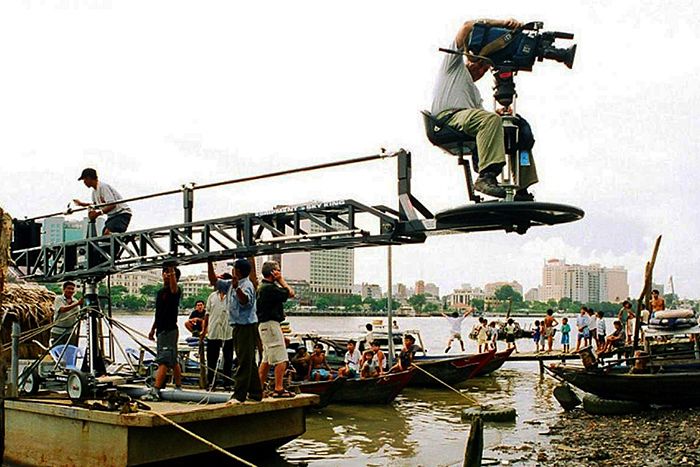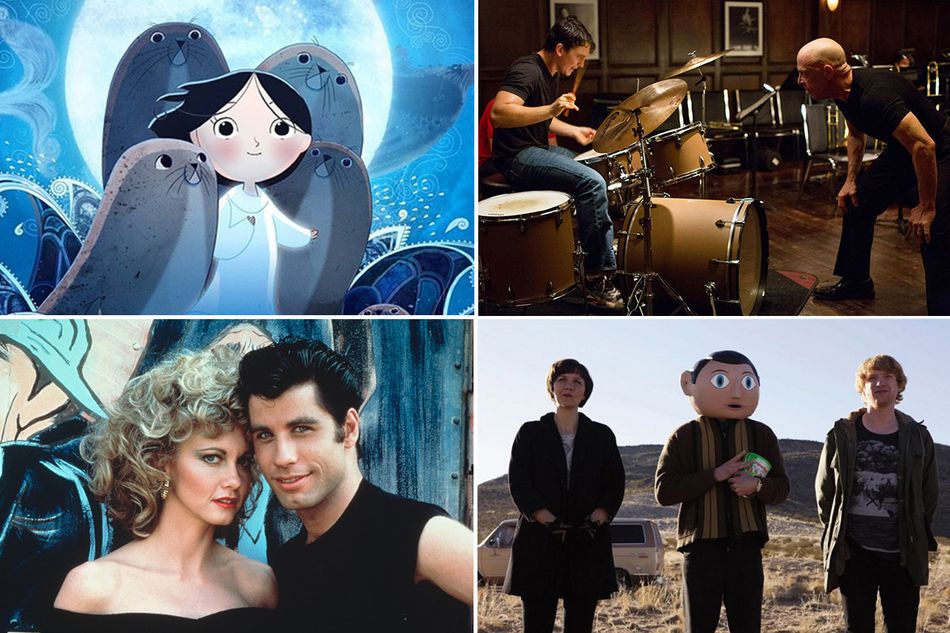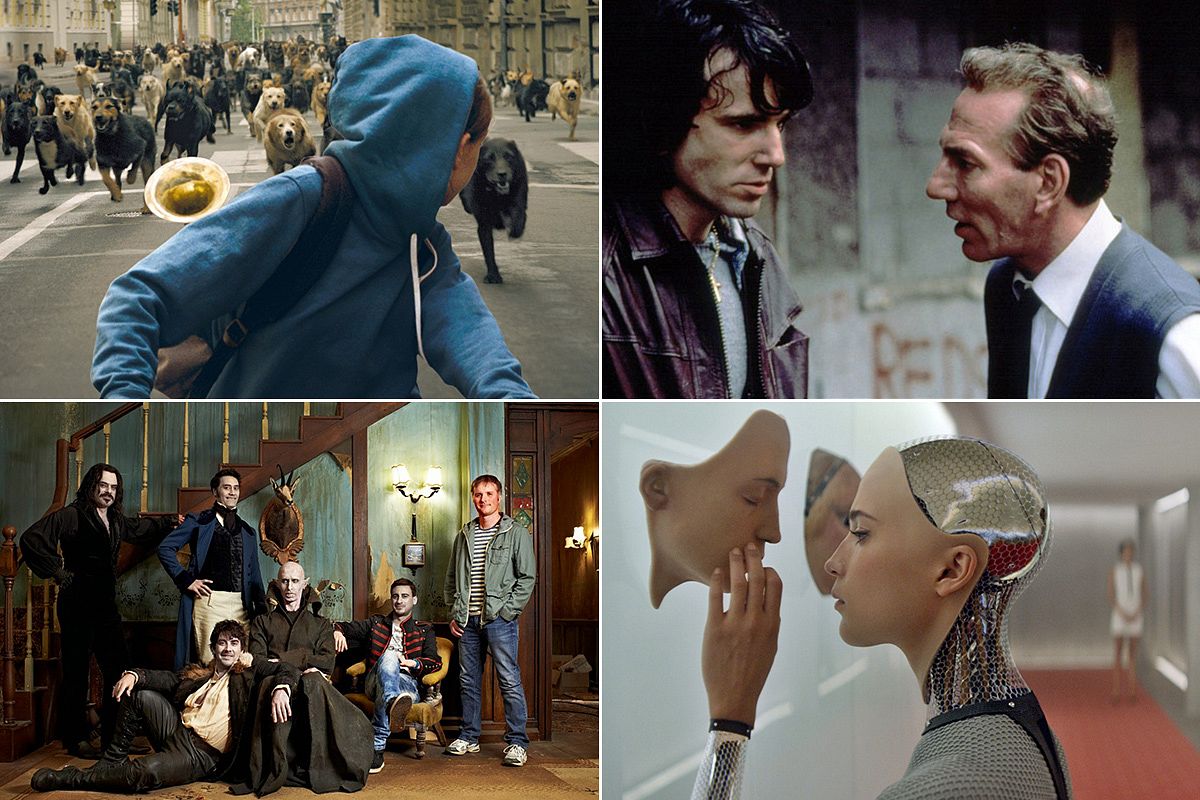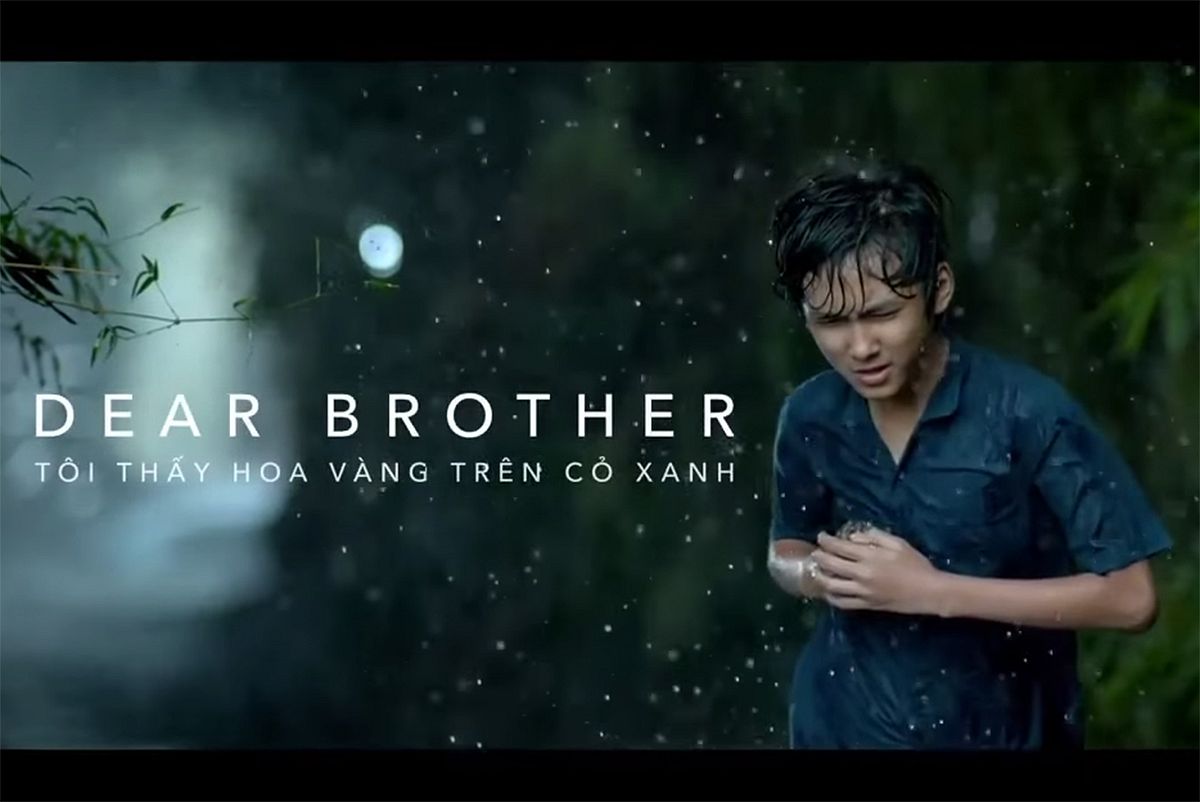Vietnam is producing high-quality films faster than ever before. While the country is not known for its cinematic pedigree, the film industry in Vietnam has been active for over 100 years. With growing budgets and influence from the Viet Kieu community, Vietnam could be entering a Golden Age of film.
Cinema under French Occupation
According to C.J. Jenner, Director of the Vietnam National Film Archives Project, the first mention of film in Vietnam was in an 1898 edition of Nam Ky Review where an advertisement appeared for a movie screening at the colonial Governor’s palace in Cholon. Aside from this advertisment, there’s little in the way of documentation until 1924 when French scholar, E.A. Famechon, made a film based of the famous national poem The Tale of Kieu.
The first truly Vietnamese films were produced in the studio of Hanoi photographer, Huong Ky, who produced a few short, 16mm documentaries such as Khai Dinh’s Funeral and The Throne Ceremony of Emperor Bao Dai, both released in 1926.
With the emergence of sound films, The Dam Quang Thien Group partnered with Hong Kong production company, South China Motion Picture Company to create The Ghost Field (Canh Dong Ma), released in 1937 starring Nguyen Tuan, a famous Vietnamese writer:
The story concerns a psychoanalyst and a serial killer named Hung. Using hypnosis the analyst induces Hung to describe a series of murders that he has committed: Hung has killed a moneylender, a bar owner, a quack doctor, and a vagabond. Having discovered that her boyfriend was among Hung's victims, the psychoanalyst's daughter stabs him with a knife.
The first cinema chains were French-owned Indochine Films et Cinema and Société des Cineastes de l'Indochine. These companies, along with a few Sino-Veit entrepreneurs, had erected 33 cinemas in Vietnam by 1927. But with a population of 20 million and per capita attendance rate of about once every ten years, consumption was limited to urban populations.
From 1937 to 1940, the Hanoi’s Asia Film Group Studio produced films such as Trọn với tình (True to Love), Khúc khải hoàn (The Song of Triumph) and Toét sợ ma (Toét's Scared of Ghosts).
Upon the foundation of the Ministry of Information and Propaganda’s film department in 1945, the industry quickly shifted gears to independence-themed films chronicling the struggle against French occupation in the First Indochina War. With a shortage of technical equipment, the Ministry helped organize traveling projection teams and built mobile film projection units, transported on train cars, to play films for audiences across the country.
In 1953, Ho Chi Minh signed Decree 147/SL, creating the Vietnam Movie and Photography Enterprise. This cemented the film industry within the state apparatus, resulting in additional funding and in turn, an increase in production.
Films from this period include documentaries: Trận Mộc Hóa (Mộc Hóa Battle, 1948), Trận Đông Khê (Đông Khê Battle, 1950), Chiến thắng Tây Bắc (North West Victory, 1952), Việt Nam trên đường thắng lợi (Việt Nam on the Road to Victory, 1953) and Dien Bien Phu, 1954.
Film during the American War
Following the French withdrawal from Vietnam, like the country its self, the film industry was split between north and south. In the 60s, The Democratic Republic of Vietnam was producing nationalistic and even animated films while the North saw measured success in Eastern European film festivals. The documentary Nước về Bắc Hưng Hải (Water Returns to Bắc Hưng Hải) won the Golden Award at the 1959 Moscow Film Festival, and the 1963 feature by Phạm Kỳ Nam, Chị Tư Hậu (Sister Tư Hậu) won the Silver Award at Moscow. In July, 1959, the Hanoi Film School (later the Hanoi University of Theatre and Cinema) opened its doors.
With the escalation of the American War, northern cinema again turned its focus to more somber topics:
Between 1965 and 1973, 463 newsreels, 307 documentaries and 141 scientific films were produced, in contrast to just 36 feature films and 27 cartoons.
At this time, Saigon’s film industry produced numerous documentaries and feature films. One of the most well known films of this period was Chúng Tôi Muốn Sống (We Want To Live) that depicted the sometimes-bloody land reform policies undertaken in the north. In the mid-60s, some themes revolved around the stories of personal tragedy and war-torn families, such as Người Tình Không Chân Dung (Faceless Lover) starring Kiều Chinh, Xa Lộ Không Đèn(Dark Highway) starring Thanh Nga and Chiếc Bóng Bên Đường(Roadside Shadow) starring Kim Cương and Thành Được. American studios were also active in Saigon during this time:
Joseph Mankiewicz's adaptation of Graham Greene's The Quiet American was filmed in and around Saigon in 1957. American actor Marshall Thompson directed and starred in A Yank in Vietnam in 1964.
Reunification
Following Reunification, Saigon studios began to produce Socialist Realism films at a rapid pace, producing 20 feature films annually compared to 3 during the war years. These features, such as Mùa gió chướng (Season of the Whirlwind, 1978) and Cánh đồng hoang (The Wild Field, 1979) focused on heroic figures and human suffering during the war and challenges in post-war reconstruction.
Vietnamese film continued in this vein until the country opened its doors during the 1986 Dong Moi Reforms. This began an era of increased funding and higher cinematic standards. In our next column, we’ll take a look at how Viet Kieu are influencing the future of Vietnamese cinema.














